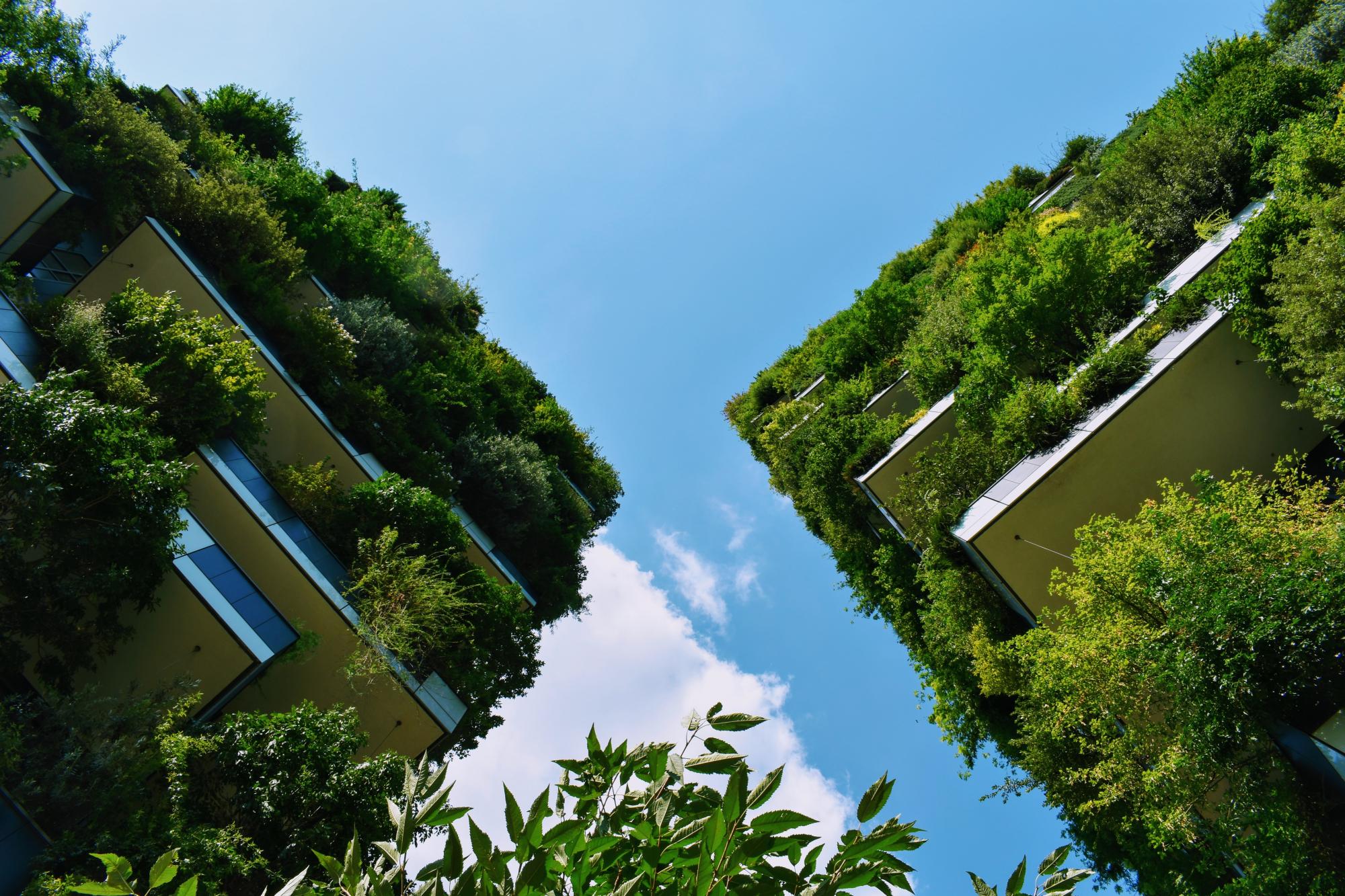Al Shaheed Park is the largest park in the country. The park was designed to include besides its green spaces, several buildings (museums, parking) populated with green roofs and an artificial lake. The size of the park with all the mentioned grey and green elements stands at 20 ha. The park is viewed as an encompassing part of a green belt that surrounds the city of Kuwait. From an environmental point of view, the park was built to protect the city from sandstorms and to reduce air pollution. From a cultural point of view, the park and the museums are providing the public with high-quality programs, events and spaces, and part of their mission is to spread awareness and educate the public on the importance of the country’s land, history and environment, in addition to the encouragement of international and regional exchange of arts. In addition, the park is meant to commemorate the victims of the first Gulf War. (1,2,3)
Overview
Nature-based solution
- Blue infrastructure
- Lakes/ponds
- Nature on buildings (external)
- Green roofs
- Green walls or facades
- Parks and urban forests
- Large urban parks or forests
Key challenges
- Climate action for adaptation, resilience and mitigation (SDG 13)
- Climate change adaptation
- Environmental quality
- Air quality improvement
- Green space, habitats and biodiversity (SDG 15)
- Habitat and biodiversity conservation
- Green space creation and/or management
- Cultural heritage and cultural diversity
- Preservation of natural heritage
- Social justice, cohesion and equity (SDG 10)
- Environmental education
Focus
Project objectives
Implementation activities
Climate-focused activities
Climate change adaptation:
- Implement measures that prevent/manage desertification, soil erosion and landslides
- Increase or improve urban vegetation cover to help reduce outdoor temperature
- Implement green walls or roofs to lower indoor temperature and provide insulation
- Increase the use of climate-resilient plant species (resistant to drought, fire, and pests)
Biodiversity conservation or restoration-focused activities
Biodiversity conservation:
- Protect and enhance urban habitats
- Preserve and strengthen existing habitats and ecosystems
- Reduce negative impacts and avoid the alteration/damage of ecosystem
- Protect species
- Undertake specific measures to protect species
- Undertake specific measures to protect native species
- Means for conservation governance
- Raise public awareness
- Public engagement
- Capacity building
Main beneficiaries
- Local government/Municipality
- Citizens or community groups
- Young people and children
Governance
Management set-up
- Co-governance with government and non-government actors
Type of initiating organisation
- National government
- Non-government organisation/civil society
Participatory approaches/ community involvement
- Dissemination of information and education
Details on the roles of the organisations involved in the project
Project implemented in response to ...
Financing
Total cost
Source(s) of funding
- Public national budget
- Public local authority budget
Type of funding
- Direct funding (grants, subsidies, or self-financed projects by private entities)
Non-financial contribution
Impacts and Monitoring
Environmental impacts
- Water management and blue areas
- Improved water quality
- Reduced risk of damages by drought
- Green space and habitat
- Increased green space area
- Reduced biodiversity loss
- Increased number of species present
Economic impacts
- Attraction of business and investment
Socio-cultural impacts
- Cultural heritage and sense of place
- Protection of natural heritage
- Increased sense of place identity, memory and belonging
- Increased awareness of flora and fauna as culturally and historically meaningful
- Education
- Increased knowledge of locals about local nature
- Increased awareness of NBS and their benefits
Type of reported impacts
Presence of formal monitoring system
Presence of indicators used in reporting
Presence of monitoring/ evaluation reports
Availability of a web-based monitoring tool
References
2. Zinco Green Roof (no date), AL SHAHEED PARK, KUWAIT, available at Source link (accessed 26-03-2022)
3. GreenRoofs (no date), AL SHAHEED PARK, available at Source link (accessed 26-03-2022)
4. Landezine (2016), Al Shaheed Park, available at Source link (accessed 26-03-2022)
5. ArchDaily (2014), Al Shaheed Park / Ricardo Camacho, available at Source link (accessed 26-03-2022)





